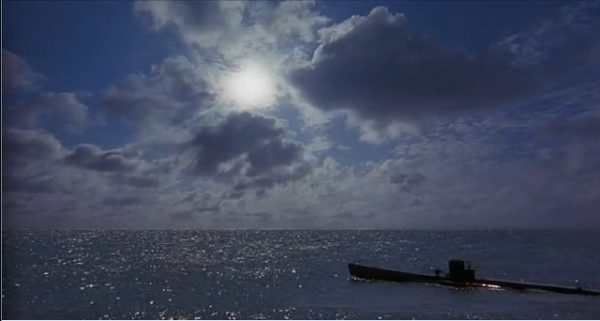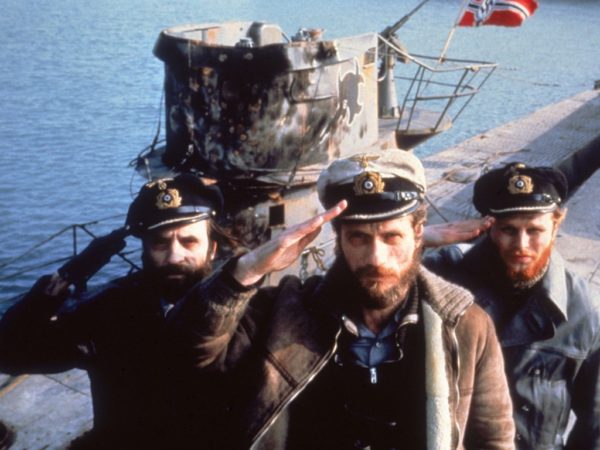There are only a handful of movies I would bother watching again, and Das Boot (The Boat), a German-language war film released in 1981, qualifies as one. I caught it on the Netflix streaming network the other night, and it was as thrilling, gripping and spine-tingling as I remembered it 37 years ago.
Wolfgang Petersen’s masterpiece, clocking in at two hours and 29 minutes, takes viewers into the crammed bowels of a German submarine in the autumn of 1941. The U-boat, based in a port in Nazi-occupied France, sets sail on a routine patrol in the Atlantic Ocean to sink Allied cargo ships plying the waters between Britain, the United States and Canada.
The Germans managed to destroy many of these vessels, but they paid a fearsome price. As the film suggests 30,000 out of 40,000 German sailors who toiled on these submarines were killed at sea.

Acutely aware of his perilous mission, the unnamed captain of the German submarine (Jurgen Prochnow, in an understated but powerful performance) expresses concern that the British will spot him. An old sea dog, he’s a realist who doesn’t underestimate his adversaries. He knows that a submarine can take turns as a hunter and an object of prey.
The captain, quiet and thoughtful, appears to have a low opinion of Germany’s Nazi regime. He may even be anti-Hitler. But he’s totally dedicated to the German cause and to the welfare of his crew, many of whom are under the age of 30.
The sailors, portrayed by a fine ensemble of actors, use salty language and think a lot about sex. One of them worries about his pregnant girlfriend back in France.
Much of the action unfolds inside the submarine’s claustrophobic quarters, but a few scenes take place on the surface of the water as the sleek vessel ploughs through high waves or cruises in calm seas under grey or dark skies.

The crew fights off long bouts of boredom, but the enemy is never far away.
Having spotted an Allied convoy to pick off, the captain fires torpedoes at the ships. As two are hit, a destroyer barrels ominously toward the submarine, forcing it to quickly descend. The destroyer drops depth charges, shaking the submarine violently and causing a small localized fire. The submarine dives deeper, breaking glass panels and frightening the crew.
It comes under further attack, and the ensuing terror is palpable. The danger passes and the submarine surfaces to witness a terrifying spectacle. Watching the doomed cargo ships burning brightly in the night, the captain watches crew members jumping into the icy waters and hears muffled voices calling for help. He fires one last torpedo, sinking the stricken vessel.
Ordered to set sail to Italy by way of the Mediterranean Sea, the captain pulls into a neutral Spanish port to replenish his supplies. Aboard a German merchant marine ship moored in the harbor, he and his subordinates are feted as heroes and invited to a sumptuous meal. The juxtaposition between the hardships of a submarine and the extravagance of the buffet is almost mind-blowing.

Near Gibraltar, a British plane bombs the submarine, damaging it considerably. Taking on water, it comes to rest on the seabed, far below the recommended depth. In the next few remarkable scenes, the members of the crew rush desperately to repair it. With oxygen running dangerously low, the question arises whether the submarine can survive this existential crisis, reach the surface safely and return to home base.
The tension is unbearable as the captain and his men, showing tremendous grace under pressure, try to pull off this daunting feat of survival against all odds.
Das Boot, a classic of its genre, keeps you in suspense until the very least breathtaking moment.